HORUS
Horus, the falcon-headed god, is a familiar ancient Egyptian god. Horus is the child of Osiris and Isis, the divine Son of the holy family. His name means “he who is above” and “he who is distant”.
The four children of Horus
The sons of Horus's duty was to assist the king in his ascension to heaven in the eastern sky by means of ladders. Their association with Horus the Elder specifically goes back to the Old Kingdom when they were said not only to be his children but also his souls. As the king, or Pharaoh was seen as a manifestation of, or especially protected by, Horus, these parts of the deceased pharaoh, referred to as the Osiris, were seen as parts of Horus, or rather, his children.
Isis was also seen as the mother of the four sons of Horus though in the details of the funerary ritual each son, and therefore each canopic jar was protected by a particular goddess. Some people say their mother was Serket, the goddess of medicine and magic. Just as the sons of Horus protected the contents of a canopic jar, the king’s organs, so they, in turn, were protected. As they were made in accordance with the principles of male/female duality their protectors were female.
Horus (the elder) had numerous wives and children, and his ‘four sons’ were grouped together, the four sons were, Imsety, Duamutef, Hapi, and Qebehsenuef. They were born from a lotus flower and were solar gods associated with the creation. They were retrieved from the waters of Nun by Sobek on the orders of Re. It was believed that Anubis gave them the funerary duties of mummification, the Opening of the Mouth, the burial of Osiris, and all men. Horus later made them protectors of the four cardinal points (north, south, east, and west). In the Hall of Ma’at, they sat on a lotus flower in front of Osiris. Most commonly, however, they were remembered as the protectors of the internal organs of the deceased. Each son protected an organ, and each son was protected by a goddess.
The duties of the four sons of Horus
All four of these calcite “canopic” jars belonged to the same person, who lived during the Late Period. Their stoppers were made in the likeness of Horus’s four sons, funerary gods whose role was to guard the internal organs.
Each of the four jars belonging to Horemsaf was carved in alabaster. They are hollow, and slender in shape, flaring slightly toward the top. The stoppers in the shape of animal heads (a jackal, a baboon, and a falcon)
During the New Kingdom, the iconography used for canopic jar stoppers reproduced that of the Four Sons of Horus, deities who protected the internal organs: human-headed Imsety, baboon-headed Hapi, jackal-headed Duamutef, and falcon-headed Qubehsenuf. Each of Horus’s sons, paired with a goddess, was responsible for the protection of a particular organ: Imsety and Isis guarded the liver, Hapi and Nephthys the lungs, Duamutef and Neith the stomach, and finally Qubehsenuf and Selket the intestines.
The formula inscribed on the belly of each canopic jar also associated a son of Horus and a goddess. It quoted the protective words spoken by the goddess on behalf of the Son of Horus with whom the deceased was assimilated.
HAPI
Hapi the baboon-headed son of Horus protected the lungs of the deceased and was in turn protected by the goddess Nephthys. The spelling of his name includes a hieroglyph that is thought to be connected with steering a boat, although its exact nature is not known. For this reason, he was sometimes connected with navigation, although early references call him the great runner: “You are the great runner; come, that you may join up my father and not be far in this your name of Hapi, for you are the greatest of my children – so says Horus.
The four sons of Horus were directly associated with the four cardinal points of the compass, Hapi was the north.
IMSETY
Imsety the human-headed son of Horus, protected the liver of the deceased and was in turn protected by the goddess Isis. It seems that his role was to help revivify the corpse of the dead person, as he was asked to lift them up by Horus,” You have come to N; betake yourself beneath him and lift him up, do not be far from him, (even) N, in your name of Imsety.”
To stand up meant to be active and thus alive while to be prone signified death. In Spell 151 of the Book of the Dead Imsety is given the following words to say: “I am your son, Osiris, I have come to be your protection. Imsety was associated with the south.
DUAMUTEF
Duamutef, the jackal-headed son of Horus protected the stomach of the deceased and was in turn protected by the goddess Neith. It seems that his role was to worship the dead person, and his name means literally “he who worships his mother”. In the Coffin, Texts Horus calls upon him, “Come and worship my father N for me, just as you went that you might worship my mother Isis in your name Duamutef.”
Isis had a dual role. Not only was she the wife of Osiris and the mother of Horus, but she was also the consort of Horus the Elder and thus the mother of the sons of Horus. Duamutef was also considered one of the four pillars of Shu, a rudder of heaven, and was associated with the east.
QEBEHSENUEF
Qebehsenuef was the falcon-headed son of Horus and protected the intestines of the deceased. He was in turn protected by the goddess Serket. It appears that his role was to refresh the dead person, and his name means literally “he who libates his siblings”. Horus commands him, “Come refresh my father; betake yourself to him in your name of Qebehsenuef. You have come that you may make coolness for him after you”. Qebehsenuef was the god associated with the west.


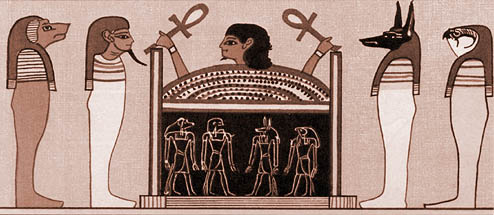
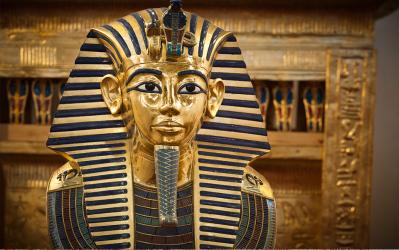
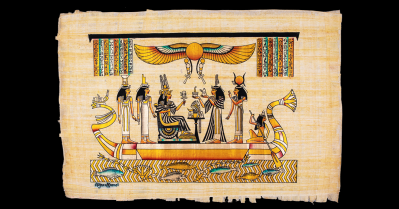
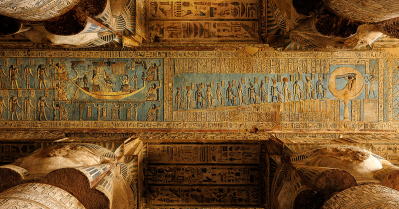
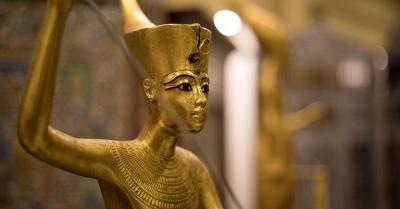
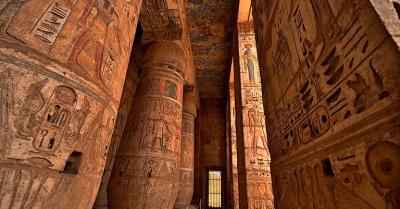
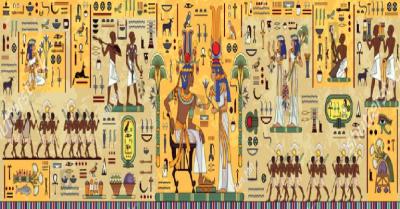
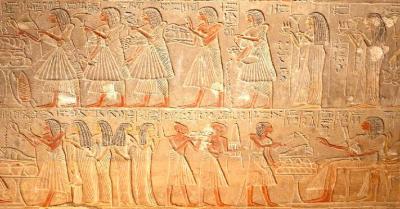
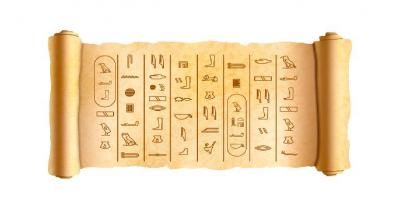

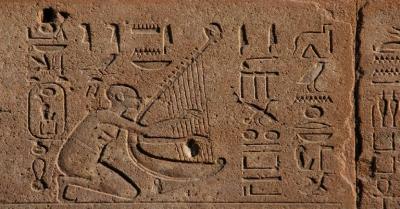

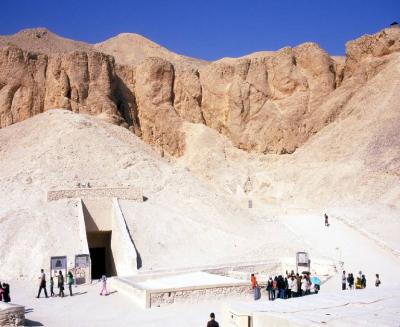
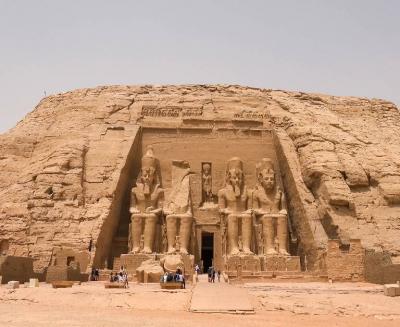
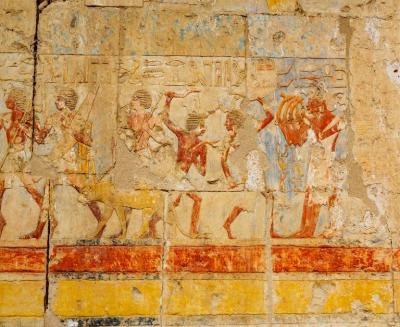
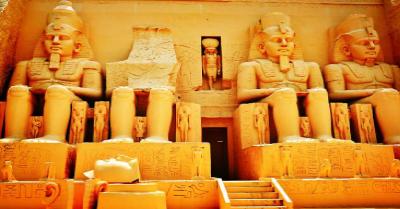
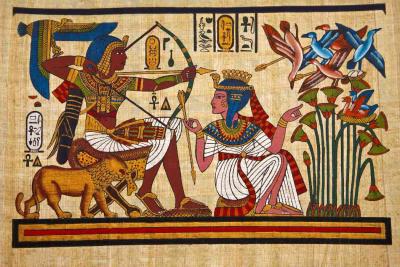
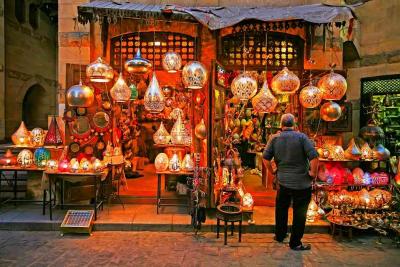
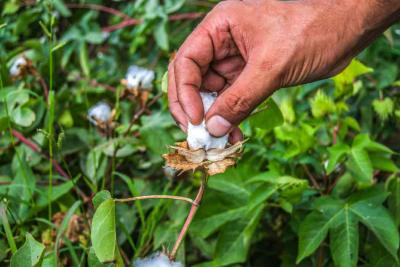
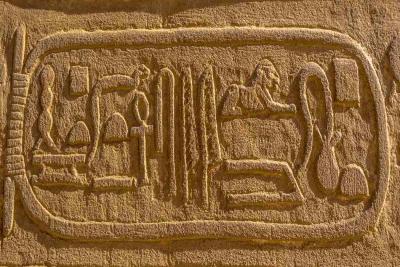
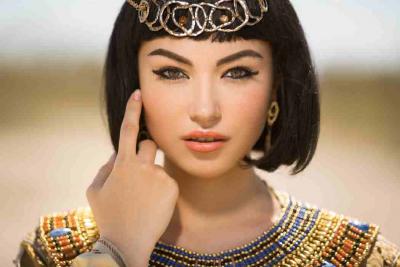
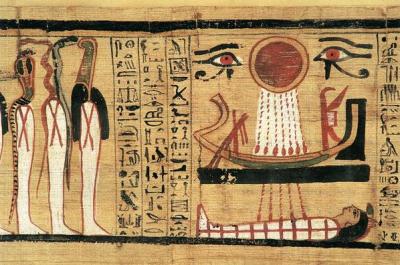
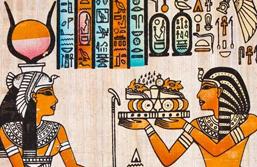
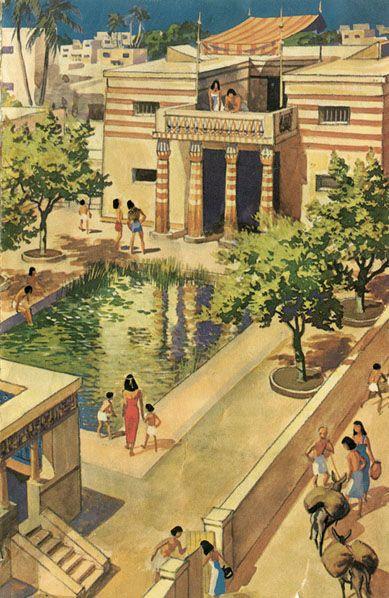
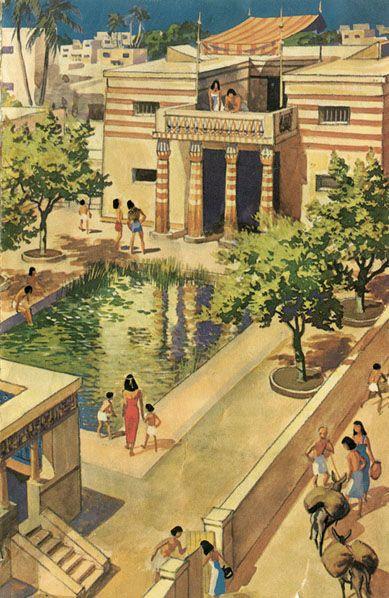
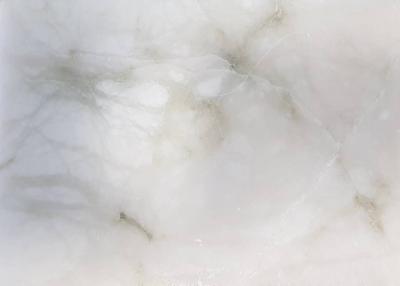
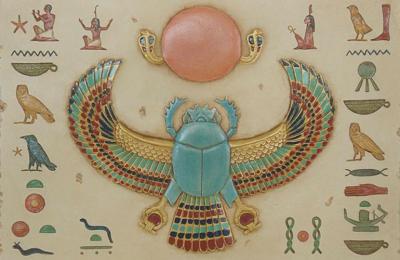
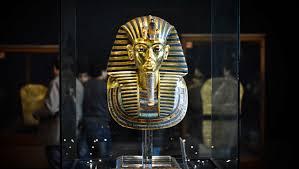
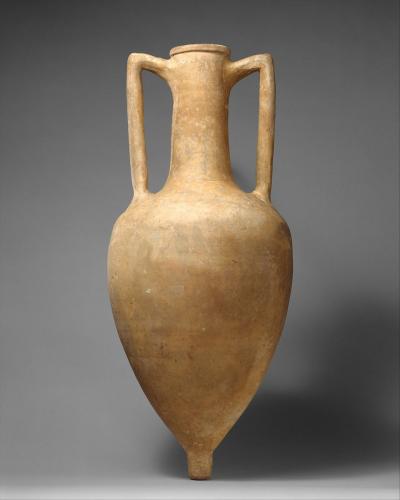
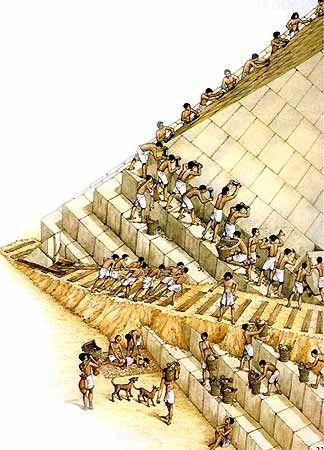

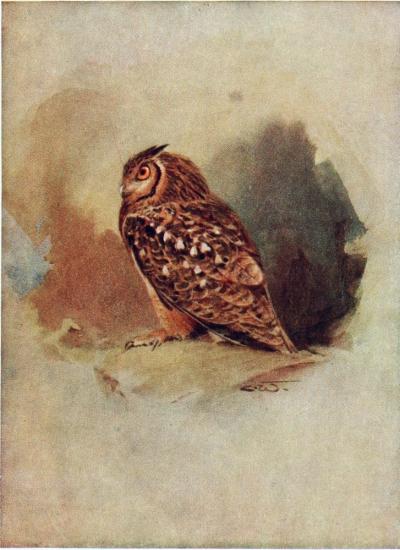
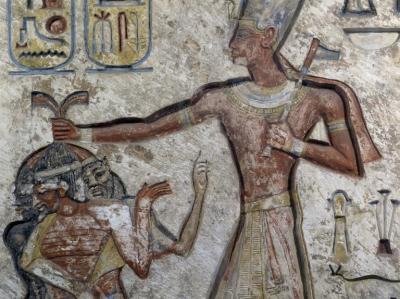
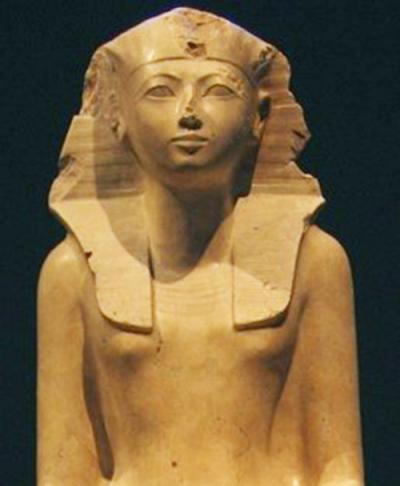




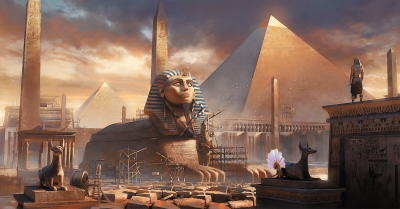
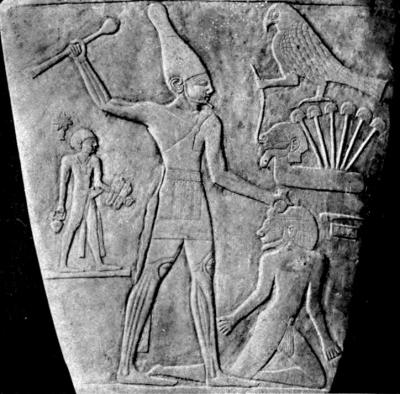



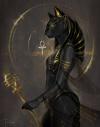




Comments